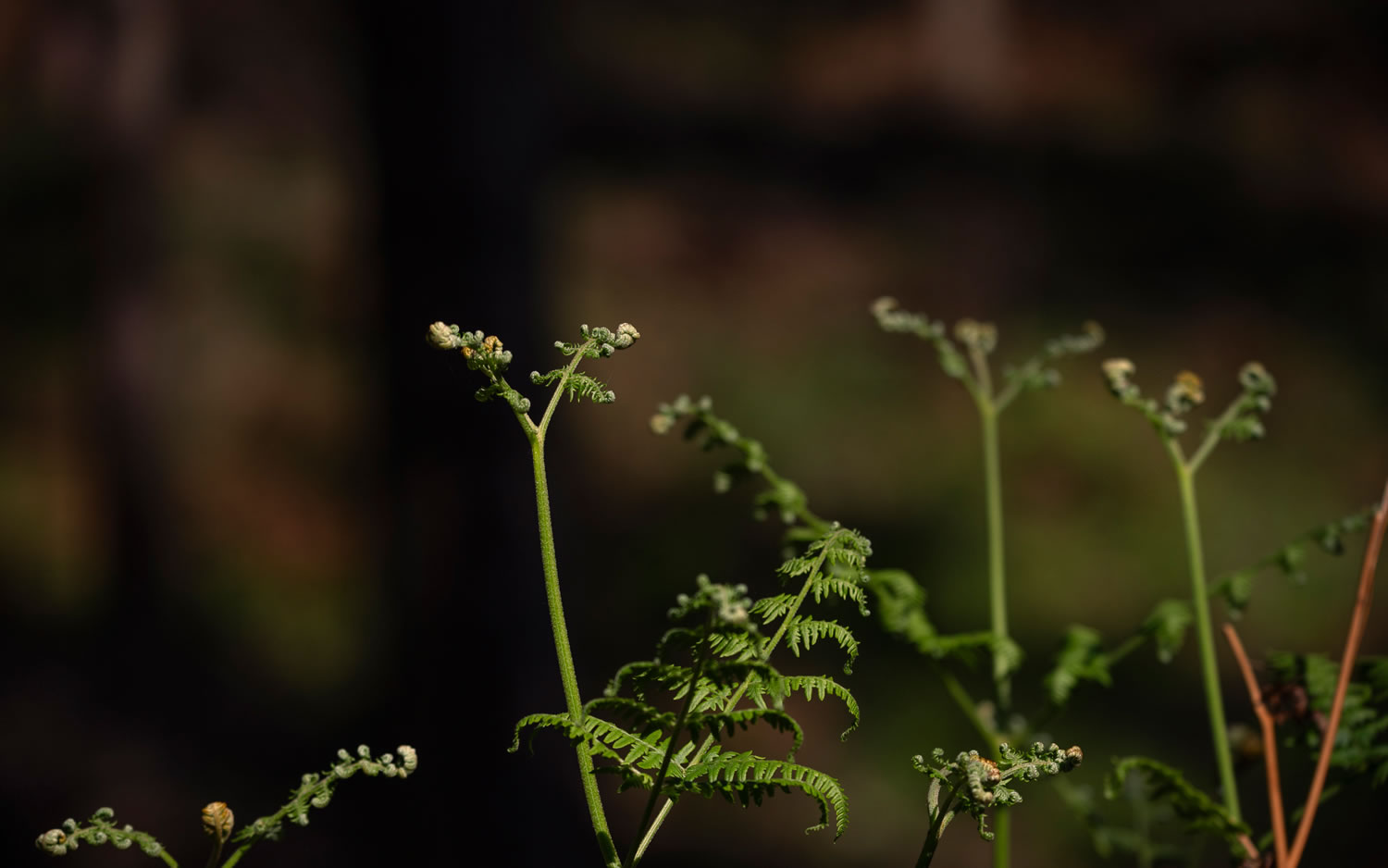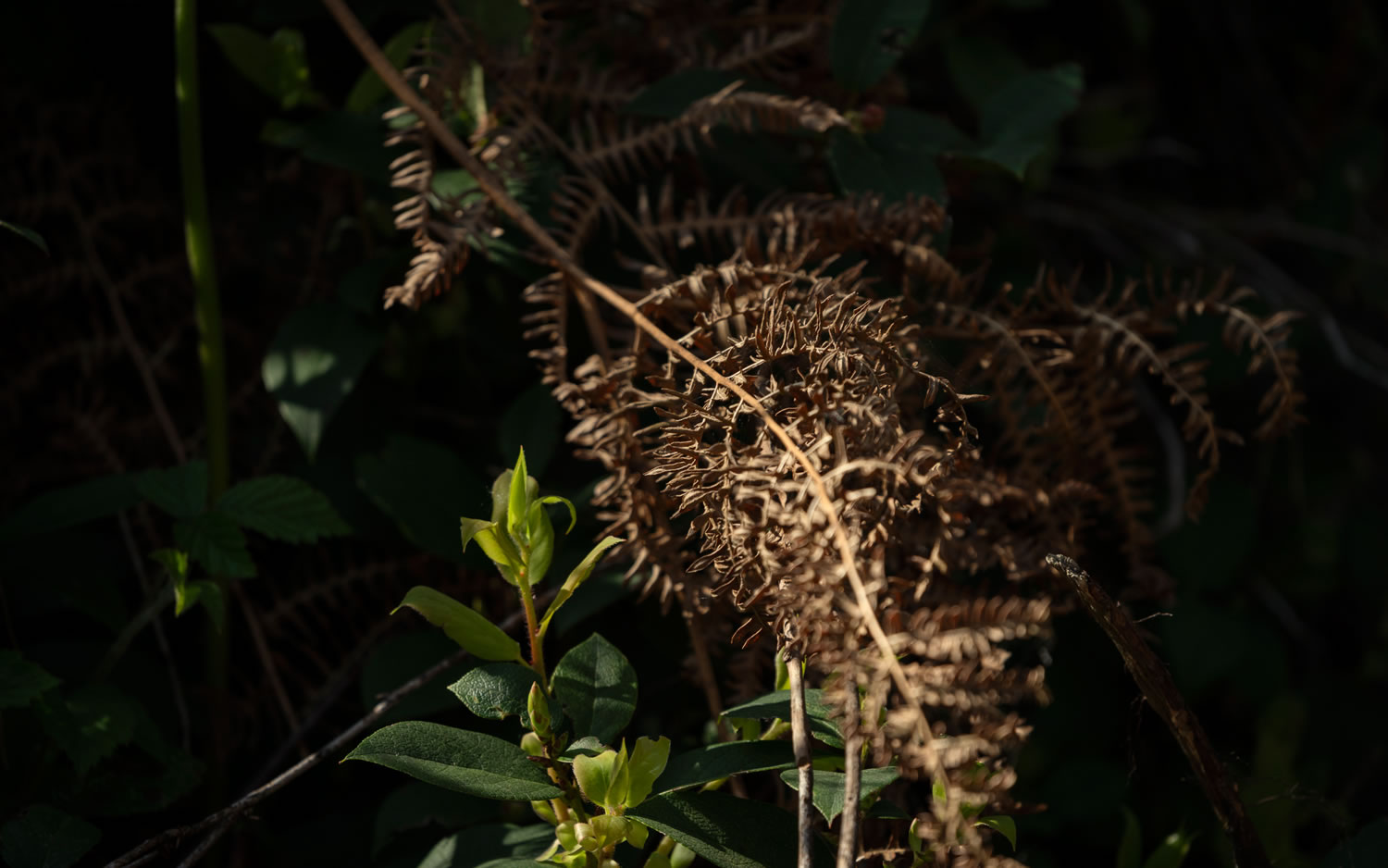Pteridomania – the fern fever
The Victorians were mad for ferns. Fern fever was a bona fide cultural craze during the early 1800s which united people from all demographic groups within society. Gardeners continue
to welcome their fragile fronds as shady border bedfellows in our contemporary gardens.
Back in the days of nineteenth century botany, with the arrival of improved rail links and an emerging road network, the Victorians were willing to travel in order to indulge this new trend and to gather live plant samples for their collections at home. Collectors would source specimen plants from all parts of the British Isles as well as clamor for exotic varieties from further afield in overseas woodlands.

There’s something ancient and mysterious about ferns. They’re the oldest plants on the planet, having repeatedly unfurled their Fibonacci finery almost unchanged for some 240 million years. What an unfathomably long time they have been forming their fabulous spiraling patterns, with some regularly found preserved for posterity in fossilized form. It’s no wonder we associate the ravines of temperate rainforests, full of towering, densely packed ferns, with roaming, giant dinosaurs who would have come to dine on these sculptural salads.
The fern motif appears frequently in art from that period too. We find examples of it on pottery, glass, wood, printed paper and textiles. Living now as we do and casting a glance backwards in time to that era, what’s noticeable are interiors painted in very heavy, deep colour and with decoration to match, so it seems entirely fitting that the shade-loving fern was the fashionable plant beloved of the Victorians.
They grew them inside in Wardian cases in their stylish drawing rooms. Invented by Nathaniel Bagshaw Ward, and a forerunner to our modern day terrarium, these glass cases (as pictured) served to protect his indoor ferns from the industrial pollution of 19th Century London. They would later become popularised and used for orchids following their introduction to Europe from China and Japan. Ferns were grown in fern houses and outdoor ferneries dedicated to the cultivation of varieties such as Hart’s Tongue, Asplenium and Dryopteris.

In our British mainland gardens today, it is the smaller hardy ferns which prove to be most useful. These do well in shady corners where little else can thrive, providing a graceful backdrop for showier plants. Ferns are largely untroubled by pests and diseases which is a huge plus. They are not needy and require next to no attention, except perhaps to cut away dead fronds before the uncurling of new ones begins.
Deciduous ferns follow on beautifully from early spring bulbs, while evergreen and wintergreen varieties ( which retain their foliage in all but the iciest European winters) provide structure and ground cover throughout all the seasons.
When grouped together, ferns bring elegance and interest to the most unpromising spot. No ferns like to dry out completely and the majority do best in dappled umbrage. Many ferns will persist and tenaciously keep going in dry shade under a deciduous tree, in gloomy dark yards or at the foot of a north-facing wall. They look so fragile, yet are robust.

There are ferns for moist soil, there are ferns for dry soil. There are also varieties suited to even the most difficult to colonise environments within a garden; those soggy, waterlogged zones where even rodgersias and ligularias will struggle. Here are a few of these varieties.
Light shines through the architectural, lime-green plumes of the shuttlecock fern (Matteuccia struthiopteris) makes for a spectacle. Underground runners travel fairly slowly allowing it to colonise difficult wet areas. Deciduous. Height 100-150cm.
Sensitive fern (Onoclea sensibilis) A spreading fern ideal for hard-to-manage waterside areas, this has solid, arching fronds of a fresh, light green which take on bright tints in the autumn time.
Royal fern (Osmunda regalis) is the grandest of our native ferns and now rarely found in the wild. According to Beth Chatto, it is named after the Saxon chieftain Osmund, who hid his daughter from marauding Danes in a clump of these marsh ferns.
And for gardens to visit in our locality with a certain ‘fern ne sais quoi’ here are some suggestions…
- Kingston Lacy House & Garden, Kingston Lacy House, Wimborne, Dorset, BH21 4EA 24 varieties of Dryopteris, Polystichum, Asplenium, Athyrium, Matteuccia, Adiantum, Osmunda; Victorian Fernery.
- Great Dixter, Northiam, East Sussex, TN31 6PH
- Nap Wood, Saxonbury Hill, Mark Cross, East Sussex. Sussex Wildlife Trust Nature Reserve. Beautiful wood containing nearly all the woodland fern species, including the best site for Dryopteris aemula in the South-East.
- Beth Chatto Gardens, Elmstead Market, Colchester, Essex, CO7 7DB
- RHS Garden Hyde Hall, Creephedge Lane, Rettenden, Chelmsford, CM3 8ET A developing garden that has some interesting ferns in the Australasian area
- Portsmouth Botanical Gardens, Hampshire
